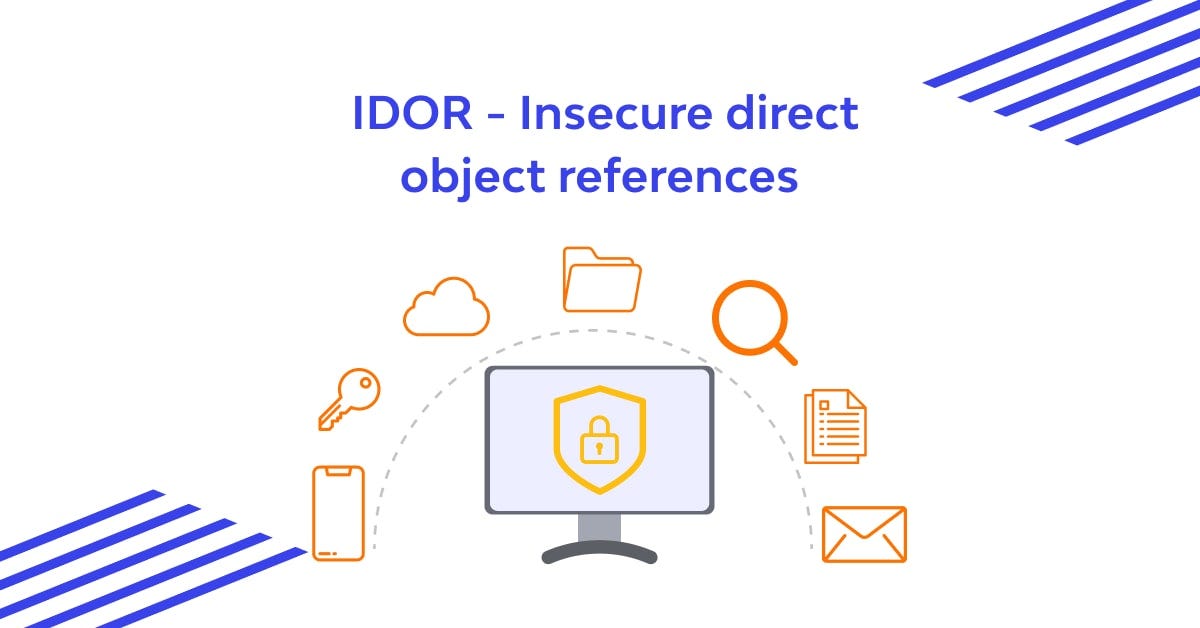BOOK THIS SPACE FOR AD
ARTICLE ADBug bounty programs, where organizations incentivize ethical hackers to find and report security vulnerabilities, have become a vital part of cybersecurity strategies. They are the proactive line of defense that organizations employ to safeguard their digital assets. Starting and running a successful bug bounty program can be challenging. Luckily, industry experts have shared their experiences and insights in numerous conference talks to help guide you. This article highlights key talks from some of these experts which you can find on Hack Dojo to learn best practices for starting and operating a bug bounty program.
Hack Dojo is a search engine service that indexes 5,000+ research presentations in cybersecurity research. We’re constantly updating our collection to keep it relevant and insightful for professionals and enthusiasts alike. It will let you find recent conference talks with TLDRs generated by GPT tools so it’s a lot easier to parse the main talking points.
Bounty Operations: Best Practices and Common Pitfalls to Avoid in the First 6–12 Months
Black Hat USA 2019
by Jarek Stanley, Shannon Sabens, Greg Caswell and Josh Jay
The Bug Bounty Micro Summit discussed best practices for launching and running successful bug bounty programs, including the importance of taking a slow and steady approach, learning from submissions, and looking at products from an attacker’s perspective. The panelists also discussed the need for bug bounty programs to become more inclusive and collaborative, and the potential for gamification and incident management to keep programs engaging and active.
Taking a slow and steady approach is important for launching successful bug bounty programsLearning from submissions can teach vendors a lot about their products and how to strengthen themLooking at products from an attacker’s perspective can also improve their securityBug bounty programs need to become more inclusive and collaborativeGamification and incident management can help keep bug bounty programs engaging and activeOne panelist discussed how their team had learned a lot from submissions to their bug bounty program, which had helped them improve their products and become a better team overall. Another panelist emphasized the need for bug bounty programs to be more inclusive and collaborative, and for researchers to work together to improve the overall ecosystem. Finally, a community manager discussed the potential for gamification and incident management to keep bug bounty programs engaging and active over the long term.
Bug Bounty Evolution: Not Your Grandson’s Bug Bounty
Black Hat USA 2022
By: Katie Moussouris
The speaker discusses the importance of building a mature security process and workforce, rather than relying solely on bug bounty programs. They also announce the creation of a cybersecurity apprenticeship program and the decision to remain a bootstrapped startup.
Understanding vulnerability handling process is more important than the amount of bug bounty money spent or the number of bugs foundOpen up pen test contracts to bug bounty hunters with tools to potentially identify talentPlan for cyber workforce attrition in key process rolesFixing process is the cure for underlying security problemsAnnouncement of a cybersecurity apprenticeship programDecision to remain a bootstrapped startupThe speaker mentions that in the early 2000s, they were a pen tester and got sick of coming back year after year to find the same bugs still open. This was because the organization didn’t have enough people in different security roles internally to fix the issues and systematically eradicate them from future software development.
Managing for Success: Maintaining a Healthy Bug Bounty Program Long Term
Black Hat USA 2019
by Chloe Brown
Tips for building trust and maintaining relationships with researchers in bug bounty programs
Communication is key, be transparent and provide regular updatesKeep the program fresh by adding new products, targets, and scopeReward researchers in a timely manner and set clear expectationsShare known issues to avoid duplication and allow researchers to focus on areas they excel atBug bounty programs require building trust with researchers who are looking for a return on investment for their time and effort. To maintain relationships, it is important to communicate regularly and be transparent about updates and issues. Researchers may submit lower-level bugs to test the team’s response time and engagement. Keeping the program fresh by adding new products and targets can also attract researchers. Sharing known issues can help avoid duplication and allow researchers to focus on areas they excel at. Rewarding researchers in a timely manner and setting clear expectations can also build trust.
These conference talks are invaluable resources for anyone looking to establish a bug bounty program. They offer a unique perspective into the real-world experiences, challenges, and solutions associated with running a successful program. Learn from these experts, adopt best practices, and avoid common pitfalls to make your bug bounty program a vital part of your cybersecurity strategy.
.png)
 11 months ago
62
11 months ago
62 














 Bengali (Bangladesh) ·
Bengali (Bangladesh) ·  English (United States) ·
English (United States) ·